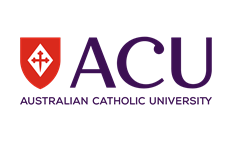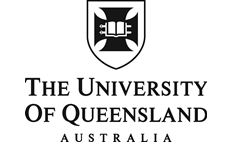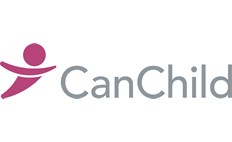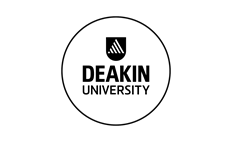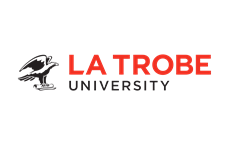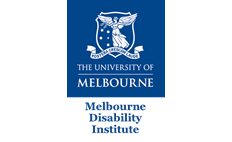Beyond stereotypes of cerebral palsy: Exploring the lived experiences of young Canadians
- Published
- Saturday, July 11, 2020 - 12:00 PM
Researchers: Julia Hanes, Oksana Hlyva, Peter Rosenbaum, Matthew Freeman, Tram Nguyen, Robert Palisano and Jan Willem Gorter.
Aim of the study. This study aimed to find out the experiences of young people with cerebral palsy about their physical, mental and emotional health.
Methods of the study. The researchers asked 16 young people with cerebral palsy, aged 17 to 29 years, about their experiences of health. The young people had a range of severity of physical disability from mild to very severe (GMFCS I to V). The young people met together in small groups called focus groups where the researchers asked them to discuss their experiences. This was a qualitative study. This means that the data that were analysed was the information that the young people discussed in the focus groups. The researchers drew out themes from the information given by the young people. The study was done carefully to make sure that the information given was analysed to accurately reflect the meaning of the young people.
Findings from the study: Four themes were found in the information discussed by the young people in this study. Theme 1 was “Health”. Young people experience physical health challenges such as pain and fatigue as well as the challenges of finding appropriate health services to address their health needs. This theme also included mental health, its impact on daily life and the stressors that were related and unrelated to having cerebral palsy. The second theme was “Meaningful Participation” involving the importance of taking part in work, sport, education and leisure activities for well-being and identity. When speaking about goals, the young people focused on goals about taking part in life situations rather than about their cerebral palsy.
The third theme was “Impact of the Environment” on their lives, health and well-being. This theme focused on three main areas. The first was family, who may help or hinder well-being. Intimate relationships and friendships were considered important to health and identity. The third area was accessibility of the physical and social environments. Barriers in the physical environment limited access to work, social and leisure pursuits. The social environment included the attitudes of others which helped or limited access to participation.
The fourth theme was “Identity” and the issues which were important for forming identities while living with cerebral palsy.
Relevance to CP-Achieve: Like CP-Achieve, the researchers in this study are committed to understanding the range of health experiences of young people with cerebral palsy in addition to physical impairments. This research has identified what is important to young people with cerebral palsy, barriers to achieving their goals and factors which support their health, well-being, participation and development of positive identities. This knowledge gives direction for services and interventions to be developed which can make a real difference to the lives of young people with cerebral palsy. Services need to address physical and mental health, and social, environmental, relationship and psychological supports.
Two of the research team in this study have lived experience – one has a child with a disability, the other is a young person with cerebral palsy. CP-Achieve will also involve young people with cerebral palsy and their families in research activities. This will make our research relevant and the outcomes more useful for young people.
Full reference and link to the full article:
Hanes, J. E., Hlyva, O., Rosenbaum, P., Freeman, M., Nguyen, T., Palisano, R. J., & Gorter, J. W. (2019). Beyond stereotypes of cerebral palsy: Exploring the lived experience of young Canadians. Child: Care, Health and Development, 45, 613–622. https://doi.org/10.1111/cch.12705


